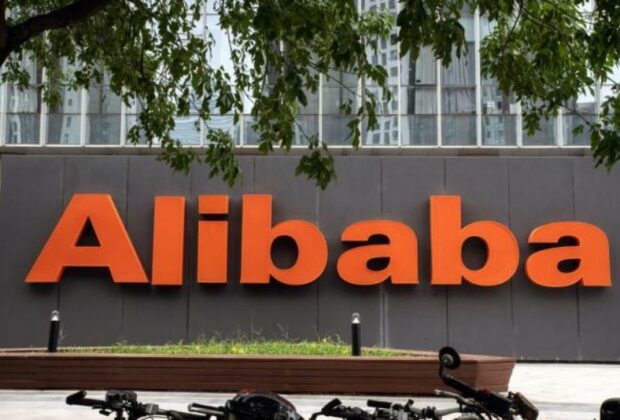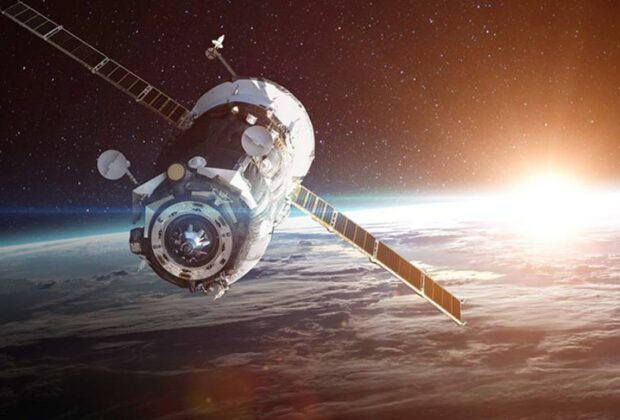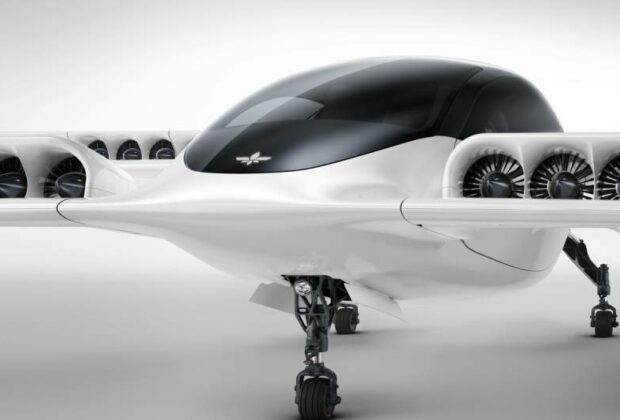Explore the differences between sales funnels and traditional marketing methods. Discover how modern tools and automation enhance efficiency and results.
In the world of business, marketing strategies evolve to keep pace with changing consumer behaviour and technological advancements. Traditional marketing methods, such as print ads and direct mail, once dominated the landscape. However, sales funnels have revolutionised how businesses interact with potential customers, offering a more personalised and automated approach.
By understanding the key differences between sales funnels and traditional methods, businesses can make informed decisions about where to allocate resources for maximum impact. The inclusion of automation for marketing and the ability to answer questions like “Is RCS available in India?” showcase the modern tools at the heart of today’s marketing strategies.
The Basics of Traditional Marketing
Traditional marketing methods have been employed for decades and focus primarily on broad outreach to capture customer attention. These methods rely heavily on offline channels and less on data-driven insights.
Common Traditional Marketing Channels:
- Print Media: Newspapers, magazines, and brochures.
- Broadcast Media: TV and radio advertisements.
- Direct Mail: Flyers, postcards, and catalogues.
- Outdoor Advertising: Billboards and posters.
While effective in building brand awareness, these methods often lack the precision and measurability offered by modern approaches.
Sales Funnels: A Modern Alternative
Sales funnels are designed to guide potential customers through a structured journey, from initial awareness to final conversion. Unlike traditional marketing, sales funnels leverage technology to create personalised experiences and track customer interactions across multiple touchpoints.
Key Components of Sales Funnels:
- Awareness Stage: Attracting leads through content marketing and social media.
- Consideration Stage: Nurturing leads via email campaigns and targeted ads.
- Decision Stage: Encouraging conversions through offers and follow-ups.
By automating processes and integrating tools like RCS messaging, businesses can deliver timely and relevant messages, enhancing the customer experience.
Comparing Reach and Targeting
Traditional marketing methods typically employ a wide-reaching approach, targeting large audiences in the hope of capturing interest. While this can raise brand awareness, it often results in lower engagement rates due to its lack of personalisation.
In contrast, sales funnels allow businesses to segment their audience based on demographics, behaviour, or preferences. Automation for marketing ensures that personalised messages are delivered to the right people at the right time, significantly improving engagement and conversion rates.
Measurability and Data Insights
One of the significant limitations of traditional marketing is the difficulty in measuring results. For instance, it can be challenging to determine how many customers visited a store because of a billboard or a radio ad.
Sales funnels, on the other hand, are inherently data-driven. Tools such as Google Analytics and CRM platforms track every interaction, providing detailed insights into customer behaviour. This data enables businesses to:
- Measure ROI accurately.
- Identify bottlenecks in the funnel.
- Optimise campaigns for better performance.
These insights are invaluable in refining strategies and achieving measurable growth.
Automation: The Game-Changer
Traditional marketing methods often require significant manual effort, from designing and distributing flyers to organising events. This labour-intensive approach can be time-consuming and costly.
Sales funnels leverage automation for marketing to streamline processes. For example:
- Drip Campaigns: Automated emails are sent based on user actions.
- RCS Messaging: Interactive messages provide real-time updates and promotions.
- Retargeting Ads: Automatically display ads to users who have previously interacted with the brand.
These automated solutions save time, reduce costs, and ensure consistent communication with leads and customers.
Flexibility and Scalability
Traditional marketing campaigns are often rigid, requiring significant effort to adjust once launched. For example, changing the content of a TV ad or a printed brochure can be expensive and time-intensive.
Sales funnels, however, are highly flexible and scalable. Campaigns can be modified in real-time based on performance metrics. If a particular email sequence is not yielding results, adjustments can be made instantly. Additionally, as businesses grow, sales funnels can be scaled to accommodate larger audiences without compromising efficiency.
Case Study: A Retailer’s Shift from Traditional Marketing to Sales Funnels
A mid-sized retailer traditionally relied on print advertisements and in-store promotions to attract customers. While these methods generated some results, they struggled to measure success or retain customers effectively.
By adopting sales funnels, the retailer:
- Used automation for marketing to implement a drip email campaign targeting online shoppers.
- Leveraged social media ads to drive traffic to their website.
- Integrated RCS messaging to send personalised promotions.
Results:
- A 30% increase in online sales within three months.
- Improved customer retention through tailored follow-ups.
- Enhanced visibility into campaign performance with detailed analytics.
This transformation highlights the advantages of transitioning to a funnel-based approach.
Addressing the Question: Is RCS Available in India?
RCS messaging, an advanced form of SMS, offers features like rich media and interactive elements, making it a valuable addition to sales funnels. In India, RCS is available through several service providers, allowing businesses to connect with mobile users effectively.
By integrating RCS into their sales funnels, Indian businesses can:
- Enhance engagement with visually appealing messages.
- Provide real-time updates on offers and promotions.
- Facilitate seamless communication through interactive buttons.
The availability of RCS in India underscores its potential as a game-changing tool for businesses operating in the region.
Future Trends in Marketing Strategies
The marketing landscape will continue to evolve, with a greater emphasis on digital channels and automation. Key trends include:
- Increased adoption of AI to personalise customer experiences.
- Greater integration of messaging platforms, such as WhatsApp and RCS.
- Enhanced analytics tools for deeper insights into customer behaviour.
Traditional methods will still play a role in specific scenarios, but the dominance of digital-first strategies is evident.
Sales funnels and traditional marketing methods each have their strengths, but the modern business environment demands a more targeted, measurable, and flexible approach. Traditional methods like print ads and broadcast media build brand awareness, while sales funnels drive customer engagement and conversions through personalisation and automation.
By leveraging tools such as automation for marketing and exploring options like RCS messaging, businesses can optimise their strategies for better results. Sales funnels offer scalability, flexibility, and detailed insights, making them indispensable in today’s digital landscape.
As consumer expectations continue to evolve, adopting a sales funnel-based approach will enable businesses to stay competitive and achieve sustainable growth.
Read Full Article














